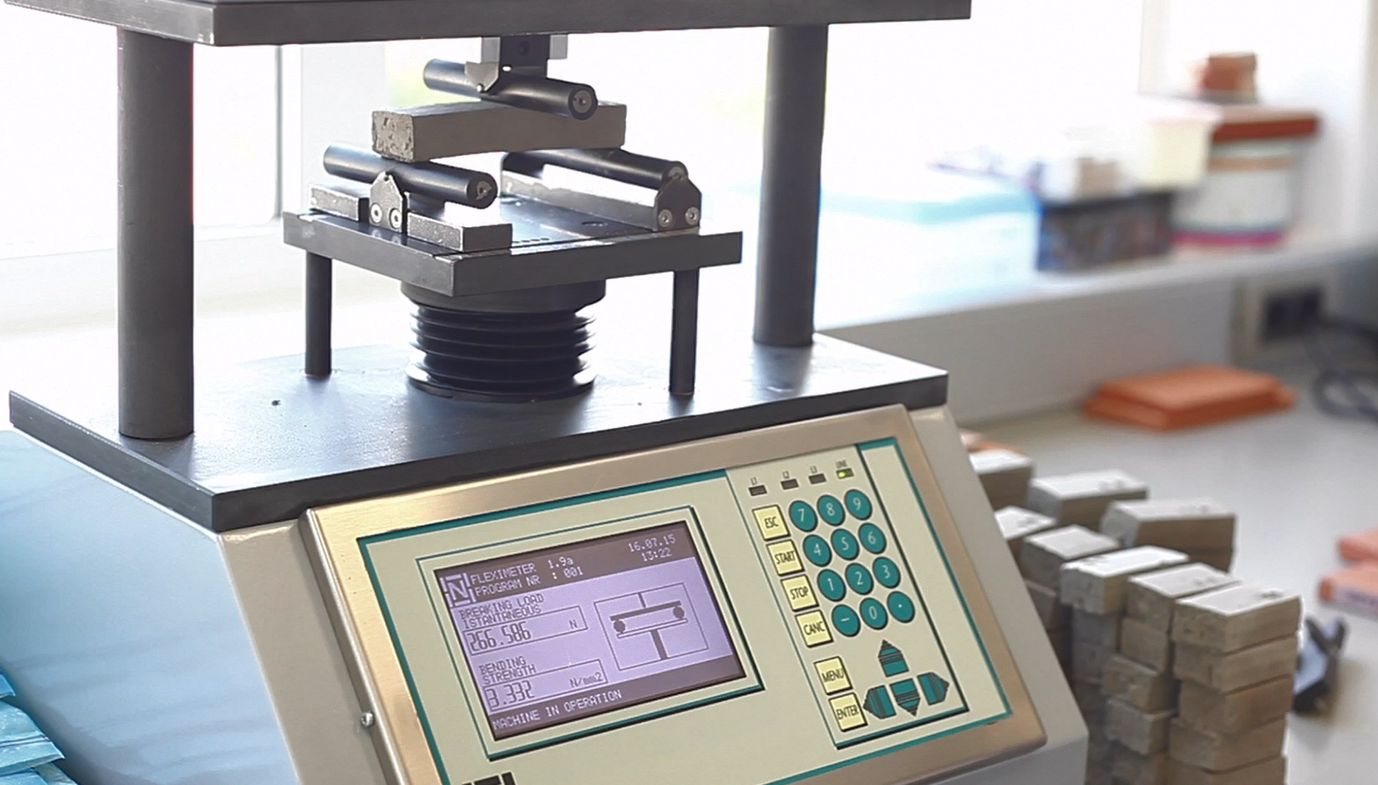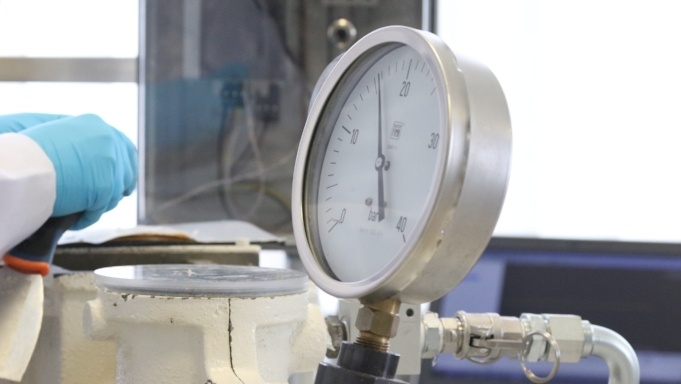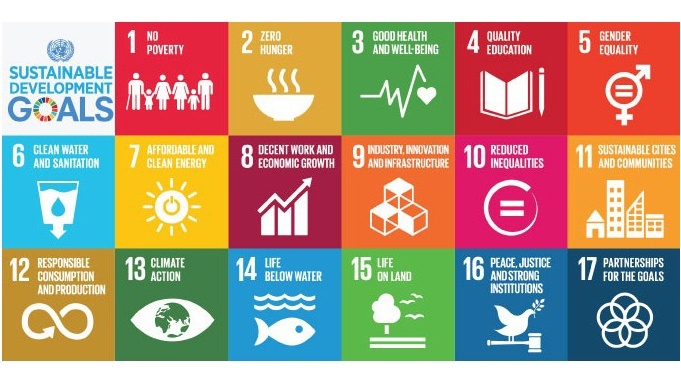Raw materials are the most crucial part of making quality bricks. Consistent, high quality raw materials combined with sound processes normally result in good quality fired ware. Unfortunately, in the real world, raw materials vary in quality and consistency. Variations in raw materials such as particle size, fired color, carbon content, and shrinkage are routinely measured during exploration, mining, stockpiling, and production. Another characteristic of raw materials that is critical and should be measured and monitored is the level of soluble sulfates present in the raw materials used to make brick.
Temaer: Structural, Ceramics, Green Strength, optimization, Tools
Raw materials are the most crucial part of making quality bricks. Consistent, high quality raw materials combined with sound processes normally result in good quality fired ware. Unfortunately, in the real world, raw materials vary in quality and consistency. Variations in raw materials such as particle size, fired color, carbon content, and shrinkage are routinely measured during exploration, mining, stockpiling, and production. Another characteristic of raw materials that is critical and should be measured and monitored is the level of soluble sulfates present in the raw materials used to make brick.
Temaer: Structural, raw materials, Ceramics, Scumming, Tools
Blake Stacey, technical consultant in Real Material Solutions (https://real-mat-sol.com) who has worked for many years in the ceramics sector, has written a testimony about solving production problems and finding the best way to work with the difficult clays on Western Australia. Here we share some of his thoughts:
Temaer: Structural, Clay additives, Ceramics
Last week Munich hosted one of the largest ceramic exhibitions: Ceramitec 2018. From 10-13 April the international ceramics industry gathered around the exhibition, which was, in general terms, really successful. In case you couldn't attend, we were there to be able to show you.
Temaer: Structural, Refractory, Ceramics, Technical, Ceramitec
In August 2017, humans had already used up more natural resources than the Earth could renew for the whole year. This means that last year, humanity lived on “credit” from the Earth from August to December. There are studies predicting a consumption of 2 whole planets every year by the year 2050. Our ecological footprint as a society is increasing and we are reaching Earth Overshoot day each year earlier. You can calculate your ecological footprint and surprise yourself with how many planets you would need to keep up with your lifestyle. Our planet is crying out for help and we need to understand the urge for a more sustainable style of living.
Temaer: Clay additives, Ceramics, Other, Sustainability







